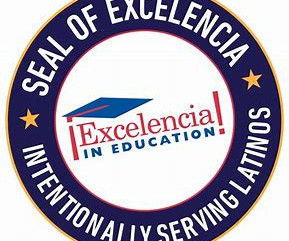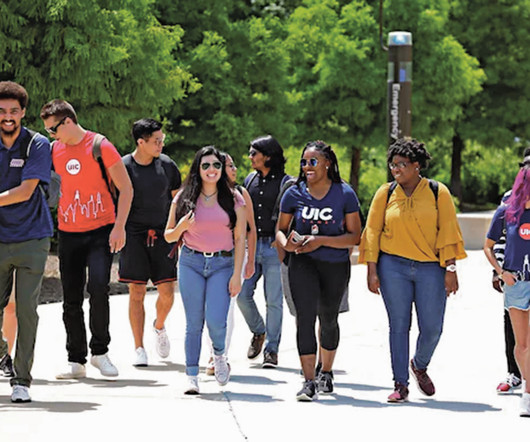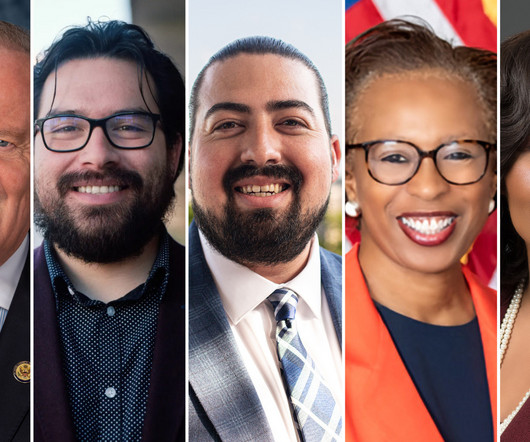Seal of Excelencia 2024
Diverse: Issues in Higher Education
NOVEMBER 5, 2024
Latinx participation in the Metro College Success Program learning community increased by 25% between 2019 and 2024. Faculty mentors were encouraged to engage with mentees, which resulted in faculty having to discover which methods worked best to communicate with their students. Currently, 60.1%












Let's personalize your content